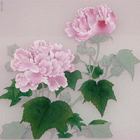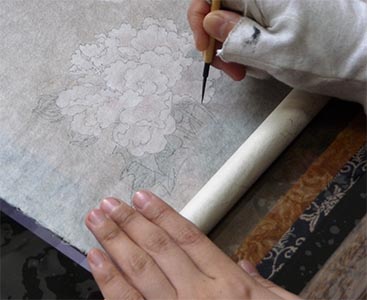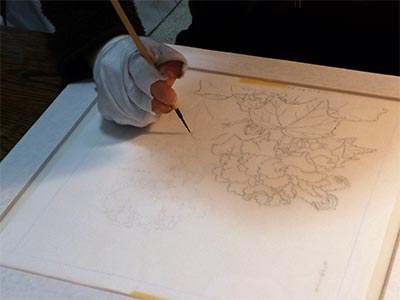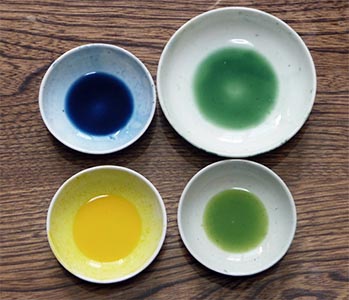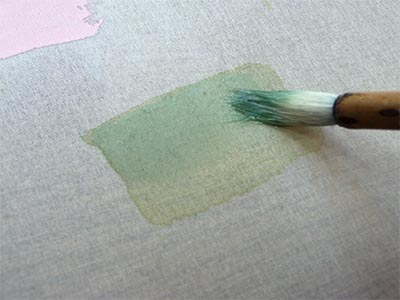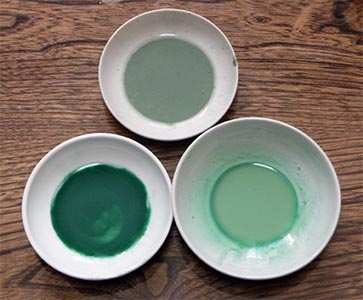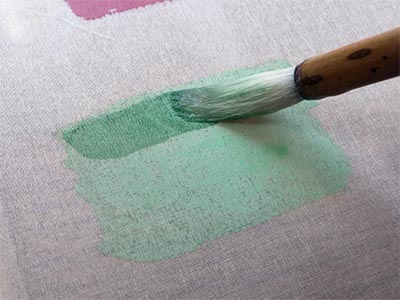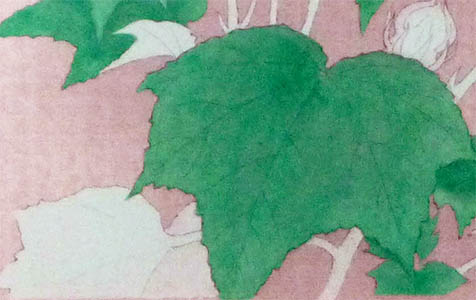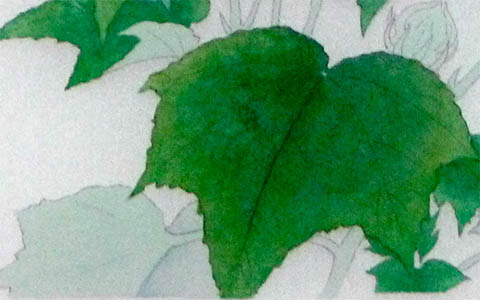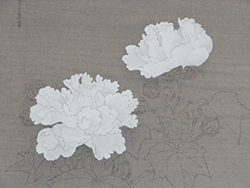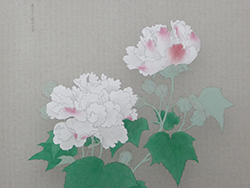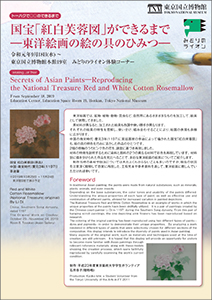Japanese Gallery (Honkan) Room 19
September 18, 2019 (Wed) - February 21, 2020 (Fri)
In traditional Asian painting, the paints were made from natural substances, such as minerals, plants, animals, and even insects.
Depending on the base substances, the color tones and usability of the paints differed. Understanding the unique properties of each type of paint, as well as effective use and combination of different paints, allowed for increased variation in painted depictions. The National Treasure Red and White Cotton Rosemallow is an example of works in which the unique properties of the paints have been skillfully utilized. It is a pair of paintings created by the Chinese court painter Li Di in 1197, during the Southern Song dynasty. From this pair of hanging scroll paintings, the one depicting pink flowers has been reproduced based on research. The coloring of the original painting has been reproduced using two different types of paints—dyes and pigments—in order to demonstrate their unique properties. By analyzing a work rendered in different types of paints that were selectively chosen for different sections of the composition, this display intends to introduce the diversity of paints used in Asian painting.
Many aspects of the original work, such as materials and techniques used at the time of creation, are still unknown. It is hoped that this display will provide an opportunity for visitors to become more familiar with Asian paintings through relevant reference materials, along with these models showing the creation process, which were faithfully reproduced by carefully examining the work's current condition.
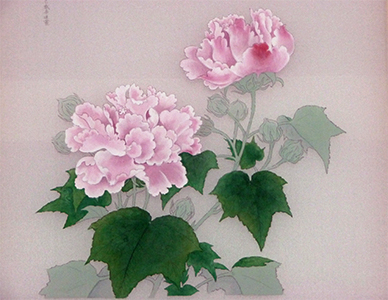
Production: Kyoko Ishii, a Student Volunteer from the Tokyo University of the Arts in FY 2011
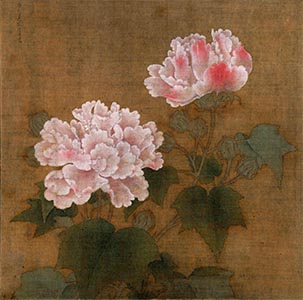
Red and White Cotton Rosemallow, By Li Di, China, Southern Song dynasty, dated 1197 (National Treasure; original) [The Original Work on Display: October 29—November 24, 2019; Room 8, Toyokan (Asian Gallery)]

